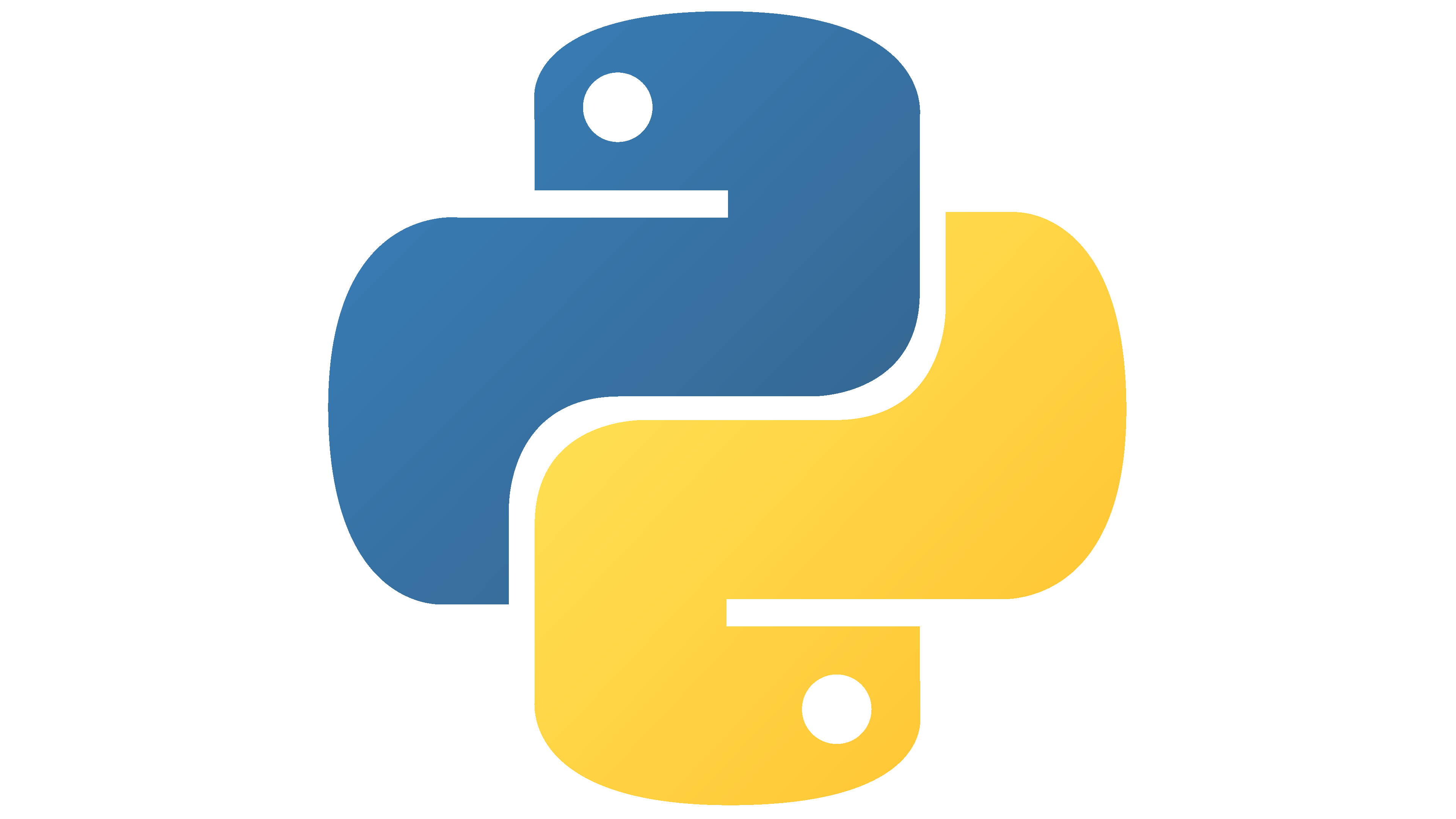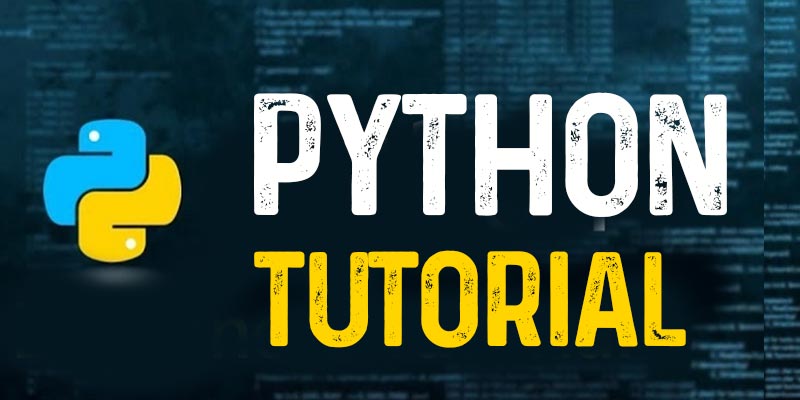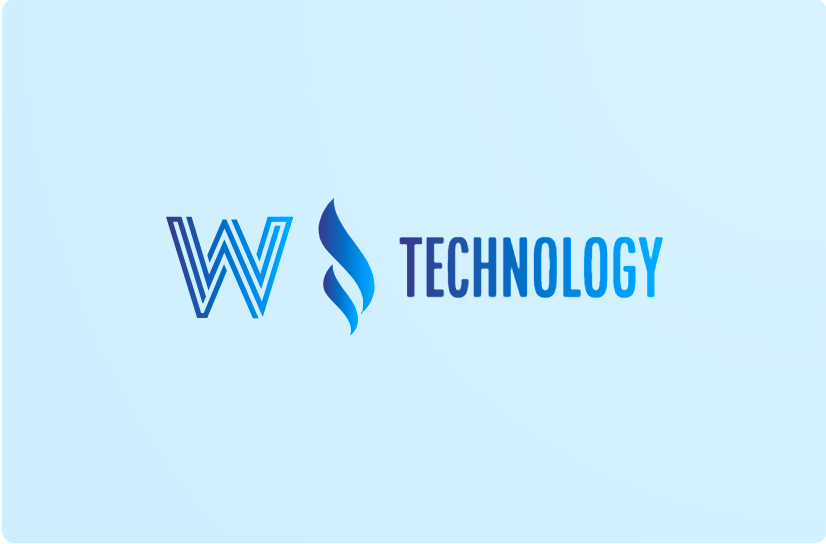Introduction to Python
What is Python?
Python is a high-level, interpreted programming language that emphasizes code readability with its use of significant indentation. Created by Guido van Rossum and first released in 1991, Python supports multiple programming paradigms, including procedural, object-oriented, and functional programming. It is designed to be easy to understand and write, making it an excellent language for beginners and professionals alike.

Why Choose Python?
There are several reasons why Python has become one of the most popular programming languages:
- Simple and easy to learn syntax, making it great for beginners.
- Highly versatile and can be used for web development, automation, data analysis, artificial intelligence, and more.
- Extensive library support, which makes solving complex tasks easier without reinventing the wheel.
- Large and active community for support and learning resources.

Python's versatility allows it to be used in a wide range of applications, from web development to data science.
Example of Python Code
# This is a simple Python program to print Hello World
print("Hello, World!")
Python’s Popularity and Use Cases
Python’s Popularity
Python’s popularity has been driven by several key factors:
- Beginner-Friendly Syntax: Python’s syntax is clear, concise, and easy to understand, making it a perfect first programming language for beginners.
- Versatile and Multi-Purpose: Python can be applied to a wide range of applications, including web development, data science, automation, and artificial intelligence.
- Extensive Libraries and Frameworks: Python's ecosystem of libraries, such as Django, Flask, NumPy, Pandas, and TensorFlow, allows developers to accomplish complex tasks without reinventing the wheel.
- Cross-Platform Compatibility: Python code runs seamlessly on various operating systems such as Windows, macOS, and Linux, making it highly portable.
- Large and Supportive Community: With one of the largest developer communities, Python offers extensive support, learning resources, and problem-solving opportunities for new and experienced programmers.
Key Use Cases of Python
1. Web Development
Python is widely used for developing dynamic web applications. Frameworks like Django and Flask simplify the development process:
- Django: A robust, high-level web framework that comes with many built-in features, allowing developers to build secure, scalable applications faster.
- Flask: A lightweight micro-framework that gives developers flexibility and control over the structure of their web applications.
2. Data Science and Machine Learning
Python’s extensive library support has made it the go-to language for data analysis, scientific computing, and machine learning. Popular libraries include:
- NumPy: A library for numerical computations, ideal for handling large datasets and performing operations on arrays.
- Pandas: A data manipulation and analysis library, offering powerful data structures like DataFrames.
- TensorFlow and PyTorch: Leading libraries for building and training machine learning models, used in AI and deep learning projects.
3. Automation and Scripting
Python is frequently used for automating repetitive tasks and writing scripts. Developers can create scripts to manage files, perform batch operations, or automate web scraping:
- Example: Using Python’s
osandshutillibraries to automate file handling tasks like renaming, moving, or copying files.
4. Game Development
Although not as common as C++ for game development, Python is still used to create simple 2D games, prototypes, and educational games:
- Pygame: A set of Python modules designed for writing video games, which simplifies the process of game development by handling loops, rendering, and event handling.
5. Artificial Intelligence and Deep Learning
Python’s libraries are widely used in AI and deep learning projects. With libraries like TensorFlow, Keras, and PyTorch, developers can build models for:
- Natural Language Processing (NLP): Python’s libraries like NLTK and spaCy are often used to build applications involving sentiment analysis, chatbots, and voice recognition.
6. Internet of Things (IoT)
Python plays a significant role in IoT development by running on microcontrollers and embedded systems. Tools like MicroPython and Raspberry Pi support Python for IoT devices.
7. Scientific Computing
Python is used in various scientific domains for simulations, complex calculations, and research. Libraries like SciPy and Matplotlib make it easier for scientists to conduct data analysis and visualize their findings.
8. Cybersecurity
Python is a popular language among cybersecurity professionals. It’s used for developing security tools, automating penetration testing, and analyzing malware.










0 Comments